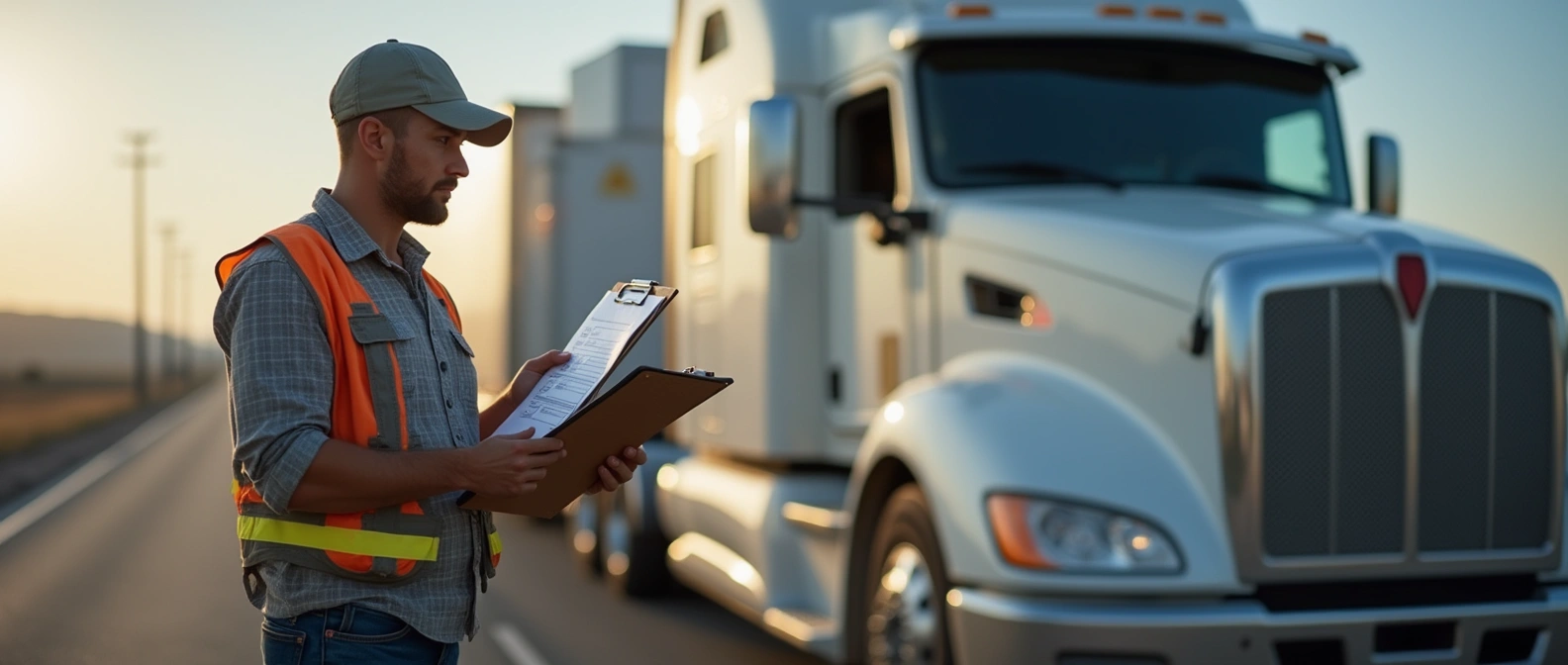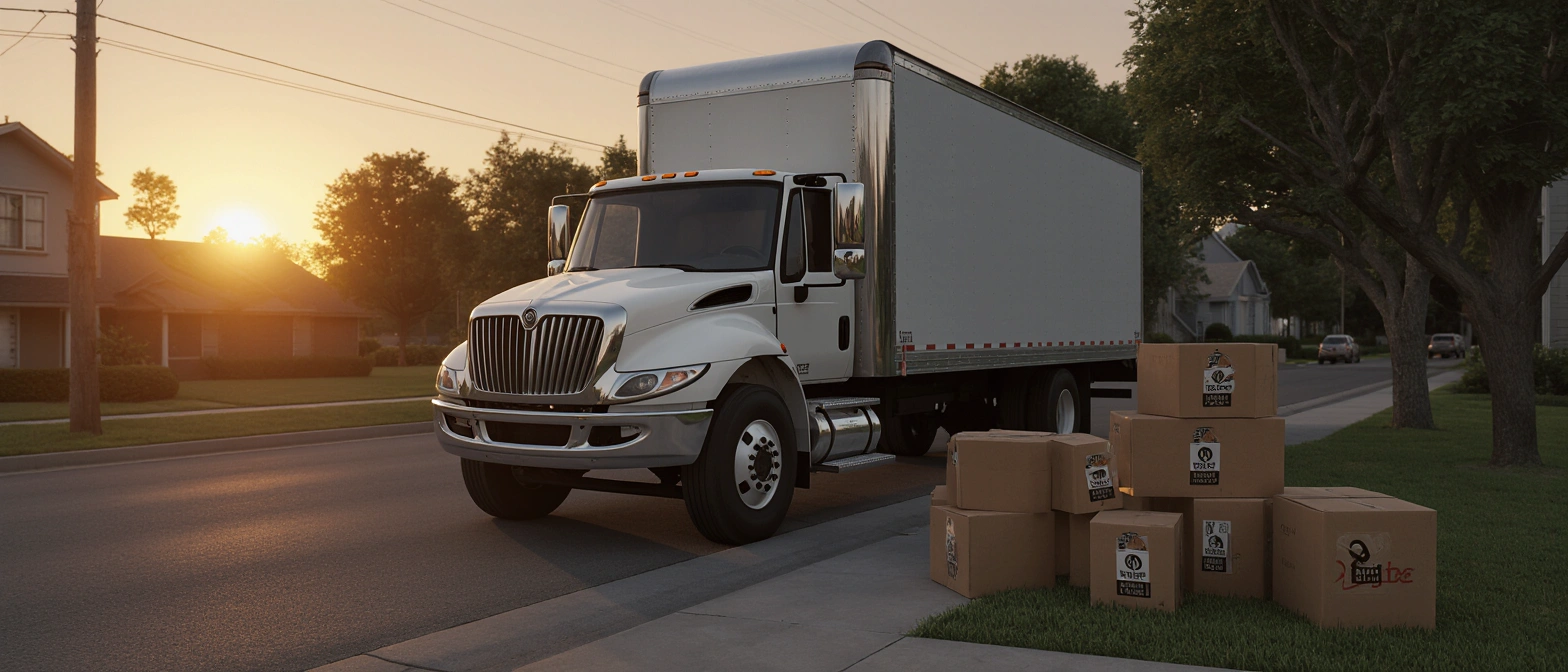
At first glance, moving a few blocks or across state lines might seem pretty similar — same boxes, same furniture, same stress. But in reality, local and interstate moves are two very different worlds when it comes to logistics, cost, and regulations. If you’re getting ready for either one, understanding the differences will help you plan better, save money, and avoid surprises.
For local moves, pricing is usually based on hourly rates — how long it takes to load, drive, and unload. Interstate moves, on the other hand, are typically charged by weight and distance. That means every pound and mile counts. If you’re moving to another state, an accurate inventory and smart packing can make a big difference to your final cost.
United Prime Van Lines calculatesUnited Prime Van Lines calculatesUnited Prime Van Lines calculates interstate quotes with transparent breakdowns so you know exactly what you’re paying for — no hidden mileage fees or fine print.
Local moves usually follow city or state transportation laws. Interstate relocations are federally regulated by the U.S. Department of Transportation (DOT). That means movers need a USDOT license, specific insurance coverage, and documentation proving compliance. When you hire a company for a long-distance move, make sure they’re properly licensed — it protects your belongings and your rights.

Local moves can often be completed in one day. Interstate moves can take 2take 2 to 10 days, depending on the distance, route, and scheduling. Coordinating timing is key. If you’re moving long-distance, you’ll want a mover that offers tracking, guaranteed delivery windows, and communication throughout the journey.
United Prime Van Lines providesUnited Prime Van Lines providesUnited Prime Van Lines provides real-time updates during interstate moves — so you always know where your shipment is and when it will arrive.
A move across town might only require basic wrapping and boxes. But when your belongings travel hundreds or thousands of miles, the stakes are high. For interstate relocations, items need reinforced packing, double protection for fragile goods, and secure padding for long travel.Temperature changes, road vibration, and long transport times all increase the risk of damage if packing isn’t done right.

Local movers usually include basic coverage by the hour or per job.
Interstate movers, however, must provide two levels of federal protection:of federal protection:
For long-distance relocations, full value protection is always the smarter choice — especially if you’re transporting expensive furniture or electronics.
When moving locally, you can plan it in days or weeks. But a cross-state move involves more steps — from route planning to weigh station stops and permits for large trucks. Booking early gives movers time to coordinate everything, ensuring your move goes smoothly and legally.

In a local move, you’ll often work directly with the same crew from start to finish. Interstate moves may involve multiple teams - drivers, loaders, and delivery specialists. That’s why communication is critical.
Our coordinators at United Prime Van Lines stay connected with you throughout the process, ensuring consistency and accountability no matter the distance.
Local and interstate moves both require care and organization, but the scale, cost, and preparation differ dramatically. If you’re only moving a few miles, your biggest focus will be on time and convenience. If you’re heading across the country, it’s about planning, protection, and choosing the right partner.
Whether it’s a short hop or a cross-country journey, United Prime Van Lines can handle it all.
We know the regulations, we understand the routes, and we know how to get you there safely — wherever “there” is.


